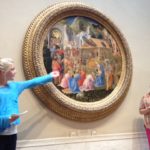 Hill School’s 5th grade class spends several months studying over 100 paintings from the Medieval and Renaissance periods. “The goal”, according to John Daum, Hill’s 5th grade teacher, “with this study is to help students learn to really see paintings and not just look at them and move on.” He goes on to say “I want students to understand that art is about communication and that all great works of art have a very compelling message they are communicating hundreds of years after the artist has passed away.”
Hill School’s 5th grade class spends several months studying over 100 paintings from the Medieval and Renaissance periods. “The goal”, according to John Daum, Hill’s 5th grade teacher, “with this study is to help students learn to really see paintings and not just look at them and move on.” He goes on to say “I want students to understand that art is about communication and that all great works of art have a very compelling message they are communicating hundreds of years after the artist has passed away.”
Artists spent months, sometimes years, creating a great painting or sculpture- why? What were they trying to say? Who were they saying it to? How is it being said? What materials were used? What was the process? When students start to answer these questions they start to see art as a two-way street not just a dead end. They start to participate in the wonder of art and they learn to appreciate the life and times of the artist.
They learn to ask questions about paintings and sculpture that open up worlds to them that they never knew existed before. Art becomes more than just decoration, it becomes more than endless rooms in a museum. It becomes a place of adventure.
The same is true of Hill’s 5th grade study of architecture. Buildings are also places of interaction. They have a story to tell. They were built by people who had problems to solve and patrons to please. They are great works of engineering and crafted works of art in their own right.
Having students learn the orders of Greek columns, the wonders of The Duomo in Florence, the magic use of arches in Coliseum, and the power and majesty of the Brooklyn Bridge helps us to understand our culture’s common vocabulary.
These are places of wonder whose influence stretches beyond time and borders. And yet they were built with human hands, they served a human purpose, and they still do.
When 5th grade travels to D.C.to visit the National Gallery of Art (NGA) they see the influence of these buildings all around them. It is gratifying to hear students shout out the types of columns they see, the domes that mimic the Pantheon, or the steel framework rising up out of a new office tower that echoes back to the early days of the Woolworth Building in New York City.
Their visit to the NGA is a pilgrimage of sorts. Having studied great paintings and artists this is the student’s time to demonstrate mastery of what they have learned.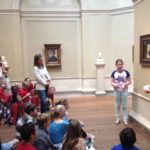
They get to become the art experts and tour guides. Students are assigned a partner and a painting and then asked to research their painting and create a dynamic presentation for their classmates.
Standing in front of priceless works by Leonardo, Raphael, Bosch, and others they tell us the story of the painting and what the artist is trying to communicate. Students discuss composition, materials, historic and mythological references, and personal details of the artist.
Many parents accompany the class on the trip and are there to listen in as are tourists and other school groups who are passing by. All of this puts pressure to perform on the students which is another benefit of the trip– stretching yourself in ways that are not normally experienced in the classroom.
 It is a great day at the museum, a day of art (and yes, gelato and pizza afterwards!) and it is a wonderful preparation for the 5th grade culminating trip to NYC at the end of the year.
It is a great day at the museum, a day of art (and yes, gelato and pizza afterwards!) and it is a wonderful preparation for the 5th grade culminating trip to NYC at the end of the year.




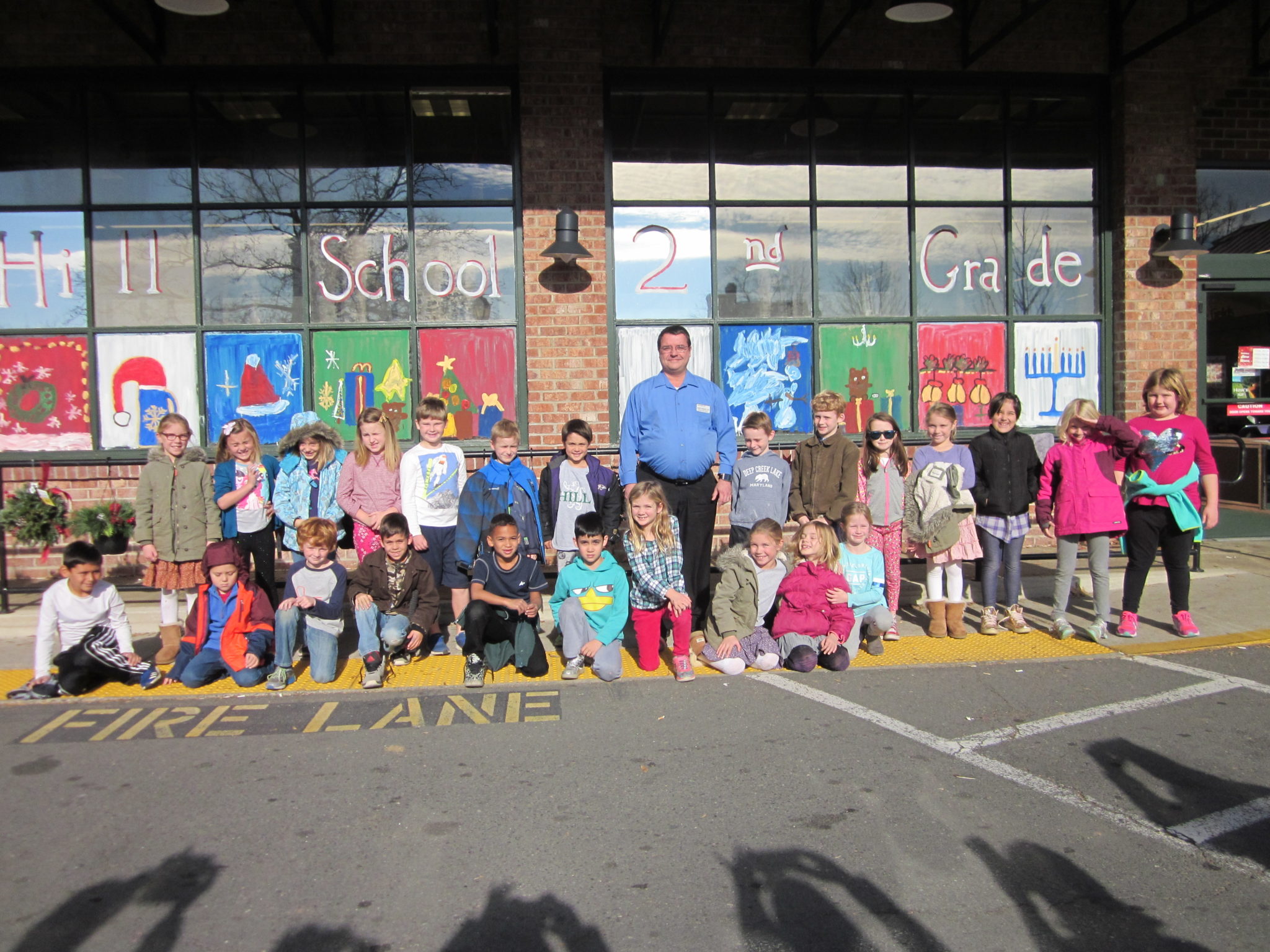
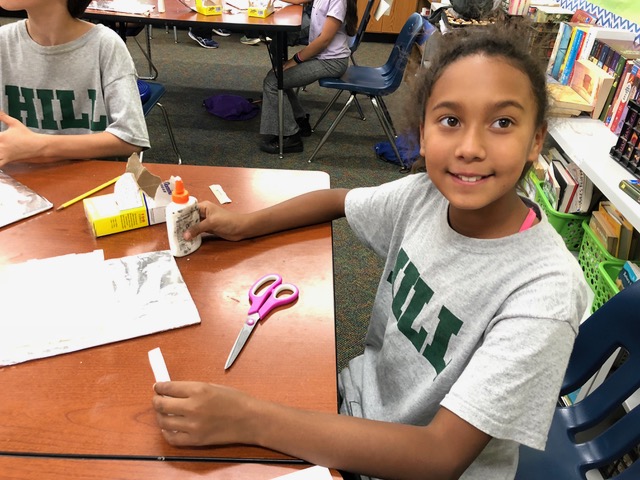
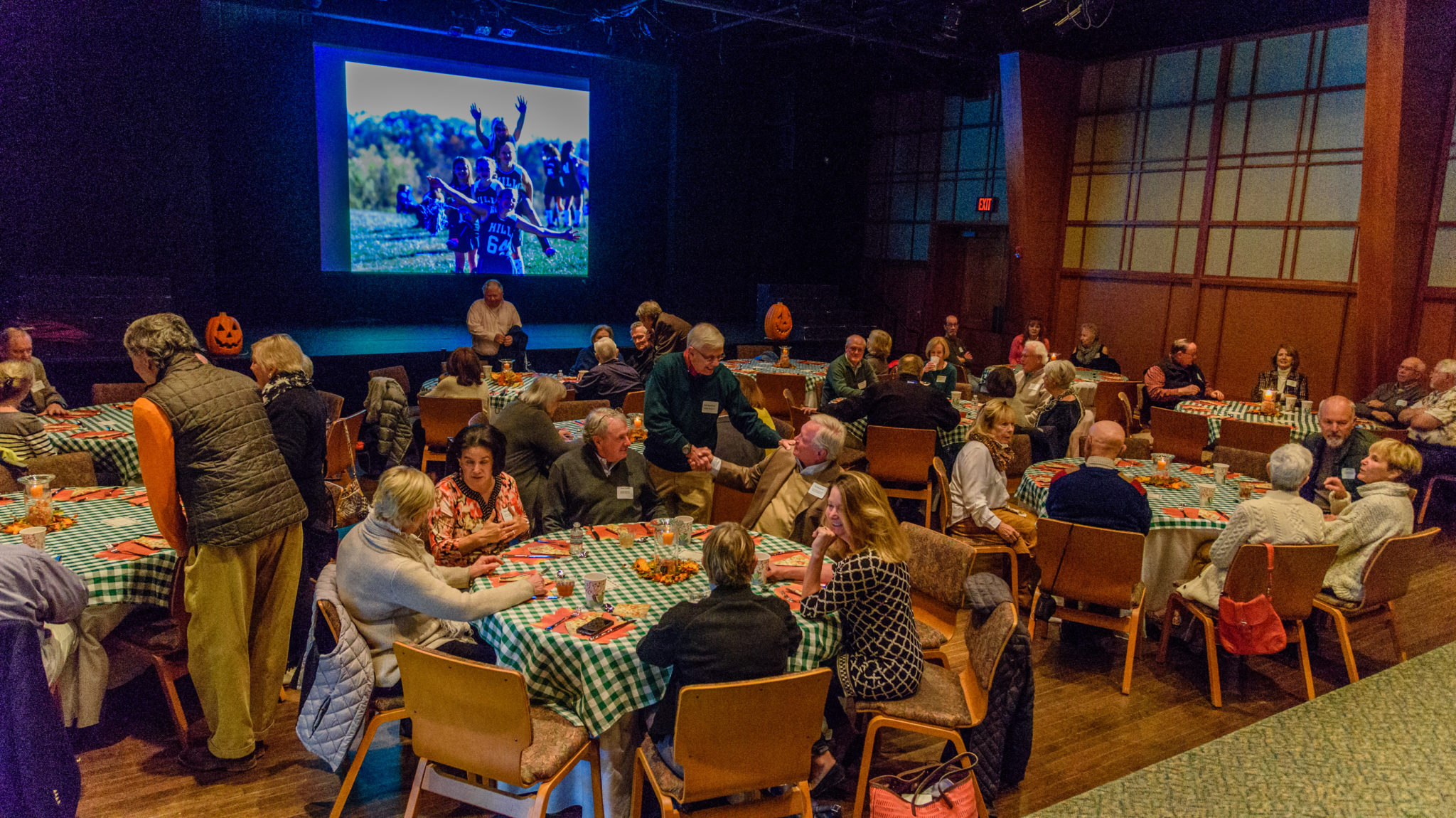
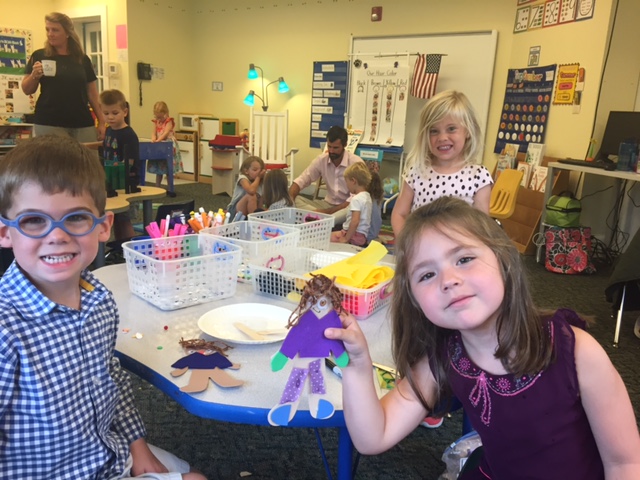
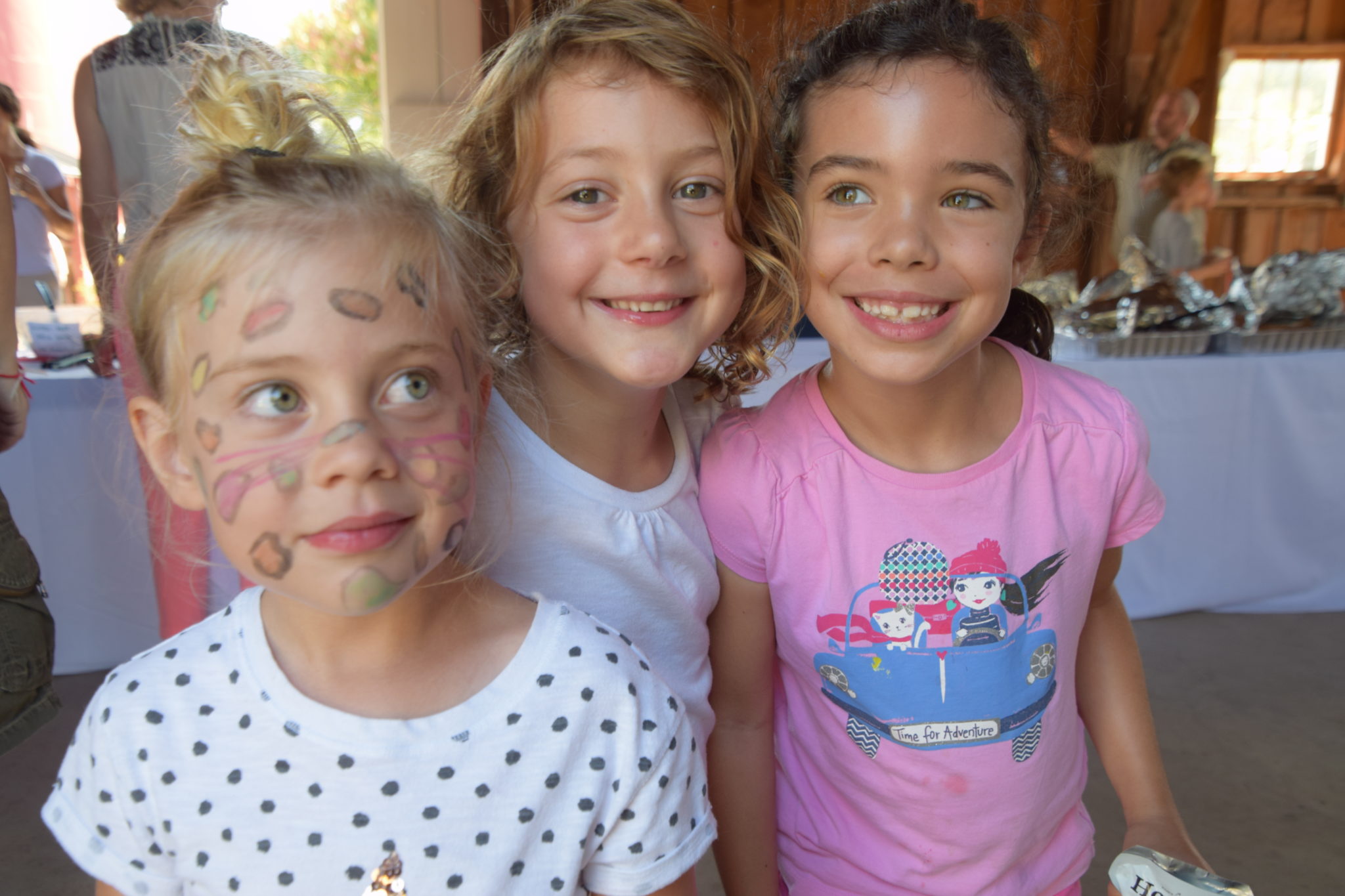
Recent Comments